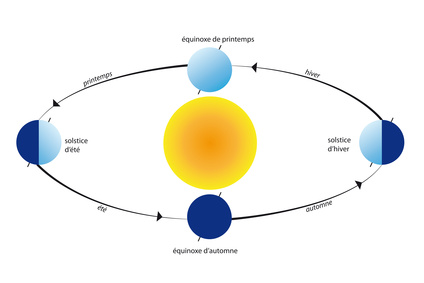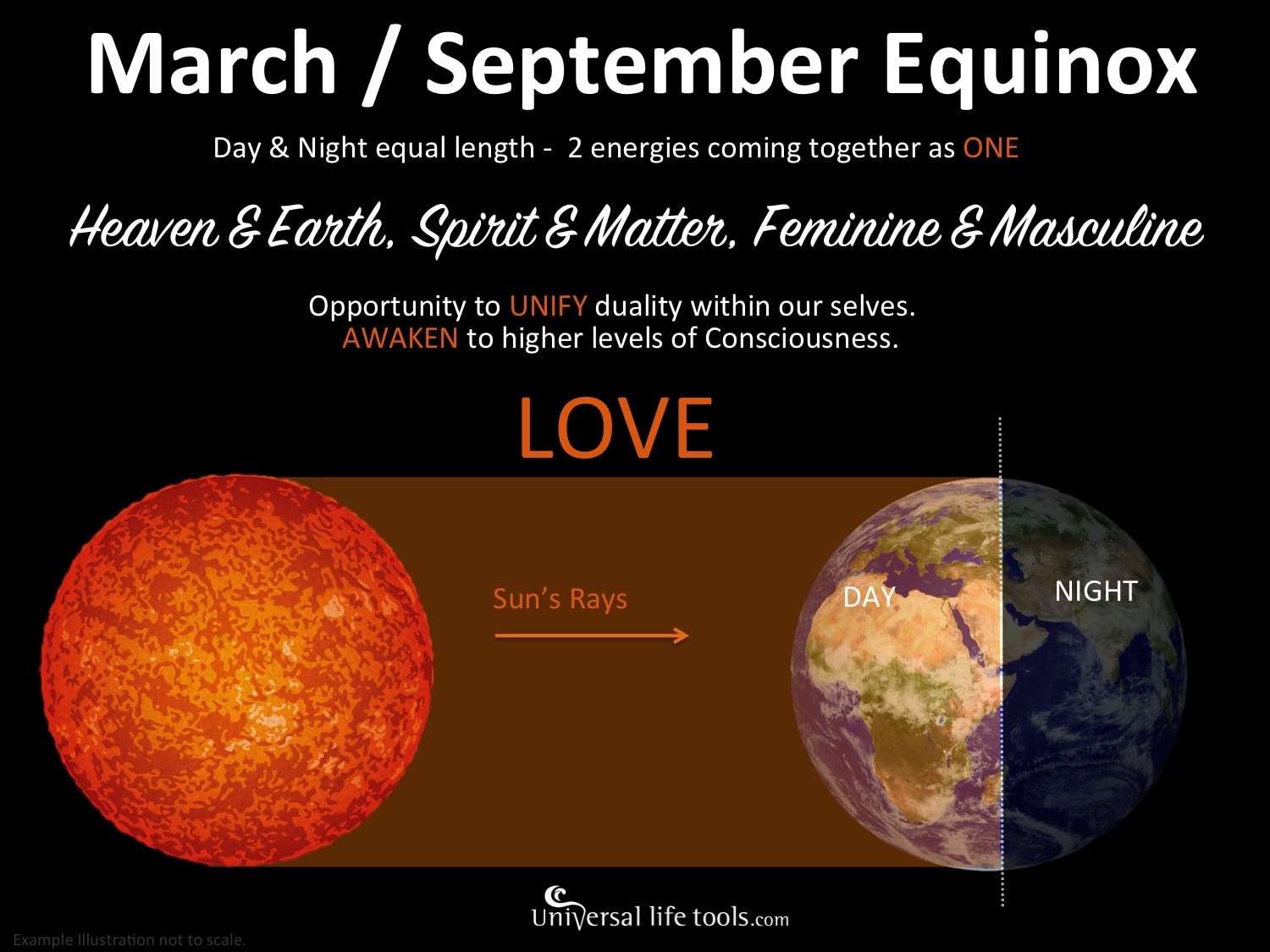


Archived from the original on 18 June 2017. ^ a b "The Long Story (USNO explanation)".


Many ancient monuments in Europe especially, as well as parts of the Middle East, Asia and the Americas, are aligned with the sunrise or sunset on the summer solstice (see archaeoastronomy). There is evidence that the summer solstice has been culturally important since the Neolithic era. Main article: Midsummer The solstice being celebrated at Stonehenge in England This is because Earth orbits the Sun in an ellipse, and its orbital speed varies slightly during the year. Front right: summer solstice for the Southern Hemisphere.Īlthough the summer solstice is the longest day of the year for that hemisphere, the dates of earliest sunrise and latest sunset vary by a few days. Far left: summer solstice for the Northern Hemisphere. Likewise, the Sun's declination from the celestial equator is 23.44°.ĭiagram of Earth's seasons as seen from the north. On the summer solstice, Earth's maximum axial tilt toward the Sun is 23.44°. Traditionally, in temperate regions (especially Europe), the summer solstice is seen as the middle of summer and referred to as midsummer although today in some countries and calendars it is seen as the beginning of summer. Since prehistory, the summer solstice has been a significant time of year in many cultures, and has been marked by festivals and rituals. In the Northern Hemisphere, this is the June solstice (20 or 21 June) and in the Southern Hemisphere, this is the December solstice (21 or 22 of December). The summer solstice occurs during the hemisphere's summer. The opposite event is the winter solstice. At either pole there is continuous daylight at the time of its summer solstice. For that hemisphere, the summer solstice is the day with the longest period of daylight and shortest night of the year, when the Sun is at its highest position in the sky. It happens twice yearly, once in each hemisphere ( Northern and Southern). The summer solstice or estival solstice occurs when one of Earth's poles has its maximum tilt toward the Sun. Equinoxes and solstices on Earth eventĮarth during the summer solstice in June 2017


 0 kommentar(er)
0 kommentar(er)
